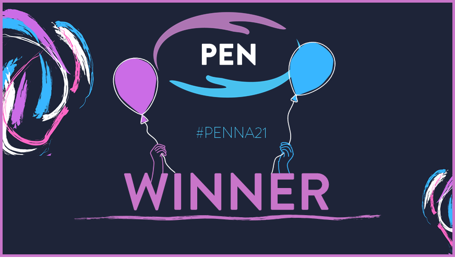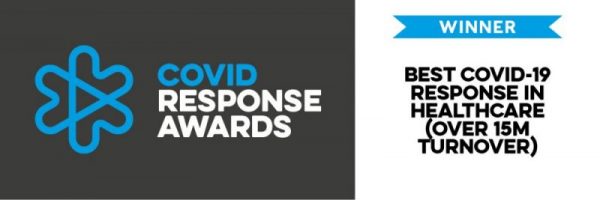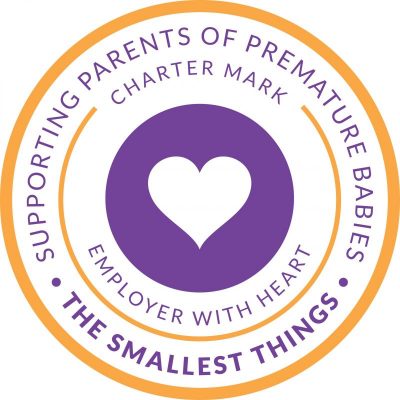Share
Justin Walsh is a CPPG physiotherapist and exercise physiologist, originally from Australia. He recently competed at the Ironman World Champs in Kona, Hawaii and shares his experience below. Click here to read his earlier article about Triathlon Training strategies.
Swim 3.8km – Cycle 180km – Run 42km
On the 14 October 2017, I was lucky enough to compete in the Ironman World Championships in Kona, Hawaii. This race is the pinnacle event for the sport of Ironman distance triathlon, which involves a 3.8km swim, a 180km cycle followed by a 42km run. I would like to share with you my journey to this amazing event, as well as my experience in this year’s race.
Part 1 Lead-Up
Towards the end of 2016, I began training with the goal of qualifying for the 2017 Kona World Championships. I have been competing in triathlons of all distance for about 12 years, including a few Ironman distance events where I placed well but not quite high enough for Kona qualification. The goal for 2017 was to put in a good performance in Ironman Switzerland on 30 July and hopefully place highly enough to qualify.
Winter “Base” Training: Low Intensity & Long Duration
Throughout the Winter months my focus was on “base” training, which involves a combination of low intensity but long duration sessions as well as time in the gym lifting weights. This combination builds a solid foundation of endurance and strength, which is vital to prepare the body for later high intensity sessions and prevent injury. My longest rides were over 200km, with several long runs around 35km. This was my first full winter in Europe, as I had only moved from Australia to the UK earlier in 2016. I very quickly realised that long rides in the UK winter were a unique challenge. If I wanted to keep my fingers attached to my hands, I was going to have to invest in some serious mittens, and mudguards were an obligatory addition to my training bike.
All that base training paid dividends coming into Spring, as I was covering my long distance sessions comfortably and all the “prehab” exercises in the gym had prepared my muscles, tendons and bone for the interval and tempo sessions of the build period. I was feeling great until …
Spring Marathon Southampton – Wrong Direction
I had decided to enter a Spring marathon to keep me focused through Winter as well as try and achieve a qualifying spot for the London Marathon in 2018. Everything was going well during the race and I was comfortably on pace up until the 25km point, where myself and the group I was running with veered onto the race route of one of the shorter events being held on the same day. After 2km of running in the wrong direction we realised the race bibs worn by the runners around us had suddenly changed colour, so after a short and frantic discussion with some race officials we sprinted back to re-join the marathon course. After that blooper the last 15km was a real push on the body, but thankfully I still managed to sneak under the 3:05 time requirement I needed, albeit after 46km of running.
Insertional Achilles Tendinopathy
The frantic push to the line in Southampton unfortunately had some lasting effects. It took me over a week to get back into training again and when I did, I noticed that my right heel would suddenly become painful after only 10 minutes of running. I had developed an insertional Achilles tendinopathy. At this time being a physio was both a blessing and a curse. The good thing was that I could self-diagnose with a few quick clinical tests but the bad thing was that I knew that this was not a good injury to have, as often insertional Achilles problems can require a lot of work to fix. I immediately pulled back on my running volume and booked myself in for some physio from my colleagues at Crystal Palace. I diligently worked through my rehab program, trying to obey the advice I give my own patients (of course there were days even a physio forgets to do his exercises!). Fortunately it was working, and I was back doing short runs after 2 weeks and full training within 4 weeks.
“Build” Training: Interval & Tempo
Between May and July I progressed into my “build” training, competing in three triathlons: Crystal Palace Sprint Triathlon, Cotswold 113 Middle Distance and Arundel Olympic Distance Tri. With my training and these three lead-up events I was well prepared for Ironman Switzerland and really enjoyed the event.
The bike course in Switzerland was hilly and it happened to be a very hot day around 30 degrees (I certainly didn’t need those British cycling mittens) but it was still a really amazing event, with great crowds and of course great scenery. Best of all, I achieved my highest overall placing in an Ironman event and had qualified for Kona!
After a week off from training and a few too many celebratory beers I got straight back into it. A good sports massage got the body back on form and I sailed through a couple of months of quality sessions. Now that I was off to Kona in a few weeks, the tricky part was going to be preparing my body for the extreme heat that the race is so famous for. Ironman Switzerland was a warm day, but nothing compares to the volcanic environment of Hawaii’s big island. Back in London I got some funny looks as I showed up to track sessions in 4 layers of clothing and annoyed my partner Emily by cycling on the indoor trainer with the heating turned up to max. The weeks counted down and before I knew it I was packing my bike for the long trip to Hawaii.
Part 2 Kona
I arrived into Hawaii 5 days before the race and was immediately struck by incredible landscape and conditions. Rolling hills of completely bare, black fields of lava rock, formed by centuries of eruptions from the still active volcanoes. The intensity of the sun was going to make for a very tough run and the hot winds coming off the lava fields were going to really test me on the bike. No matter how many sweaty layers I wore out running in London, I was not going to simulate the heat of this unique island.
04:15 Wake-Up Race day
Race day had arrived. A 4:15 wake up was followed by official body marking of my race number and a final check of the bike. After a few layers of suncream I jumped into the water to get in position for the men’s start.
Swimming with 1700 Men
The swim was tough but still really enjoyable. Starting in the washing machine of 1700 male competitors made for choppy surroundings on top of the water, which was a total contrast to the coral, fish and turtles looking up at us from beneath. There was a bit of swell at the 1.9km turnaround which we don’t get in the Crystal Palace Sports Centre but it was OK and there were plenty of water craft around to guide us.
Bike & The Bite
I felt good coming out of the water and after another layer of suncream the helmet went on and I jumped on the bike. This is where I began to experience the full challenge that is Kona. The winds were OK for the first couple of hours and I stuck to my race plan, holding my target power output and keeping up the fluids and carbs. After 130km on the bike the race began to really bite. The heat was starting to take its toll and the wind had really picked up, unfortunately being a headwind. For most of this final 50km I was able to hold it together, keeping to my target power and trying to keep my body as tucked and aerodynamic as possible. Because of the headwind my speed had seriously dropped, which dragged out this final stretch and made this as much a mental battle as a physical one.
Every single athlete in Kona will have at least one patch in the race that is really rough, where he or she feels an overwhelming desire to pull in at the next aid station and jump in the air conditioned van back to town. This was my rough patch. The relentless headwind and searing sun that was now directly overhead had taken its toll. My power output dropped a little for the final stretch back to transition and I was regularly sitting up out of my aero position while I dumped bottles of cold water into my helmet and down my back.
Coping With The Low
I knew this feeling would come at some point in the race and before the race I had planned a range of strategies to help me get through it. I focused on my pedaling technique, concentrated on my breathing, counted 20 pedal strokes at a time, broke the remaining distance down into 1km intervals. I don’t know if any of these strategies actually helped. In the end I just accepted the pain and waited for the town of Kona to come back into sight. When it finally did I eased off a little and prepared myself mentally for the run.
Marathon Home
You never really know how your legs are going to feel when they hit the ground after 180km of cycling. In preparation for the dismount, you take your feet out of your shoes and swing one leg around so that you can immediately start running (or shuffling) as soon as you jump off the bike. My legs hit the ground and after a few short stiff strides I was thankfully jogging again. I put on my running shoes and spent some time applying another layer of suncream. I could feel that I was already sunburnt from the cycle and I didn’t want that to get any worse.
Camaraderie
The run in Kona has a few hills but it is the heat that provides the greatest challenge. As with most of the other competitors, I stuck to some good advice and kept the pace under control for the full 42.2km. This was by far the hardest (and slowest) Ironman marathon that I had ever done, but the camaraderie between the participants and the regular aid stations thankfully kept me going. The run course in Kona takes you through town for the first 10k before starting the long, hot slog out and back along the main highway. This provides another mental and physical test as the there is not a tree in sight and the heat coming off the black lava rock is at its greatest by this time in the day. I managed to keep up the fluids, electrolytes and carbs and just kept running, making sure I kept my race suit packed with magic cold sponges. Thankfully I got through the run with a controlled and consistent pace.
The High
The finishing stretch of the run is along the famous Ali’i drive, which is lined with supporters and provides a once in a lifetime experience that makes the race so amazing. With crossing the line comes an amazing sense of achievement (and relief), and the party in Kona goes long into the night, including a huge celebration during the last hour before the 17-hour cutoff.
My final time was 10hrs 21min 40sec (swim 1:15, bike 5:27, run 3:25).
Click here to read Justin’s earlier article about Triathlon Training strategies.
Related News
Vita is an award-winning, CQC registered healthcare provider











